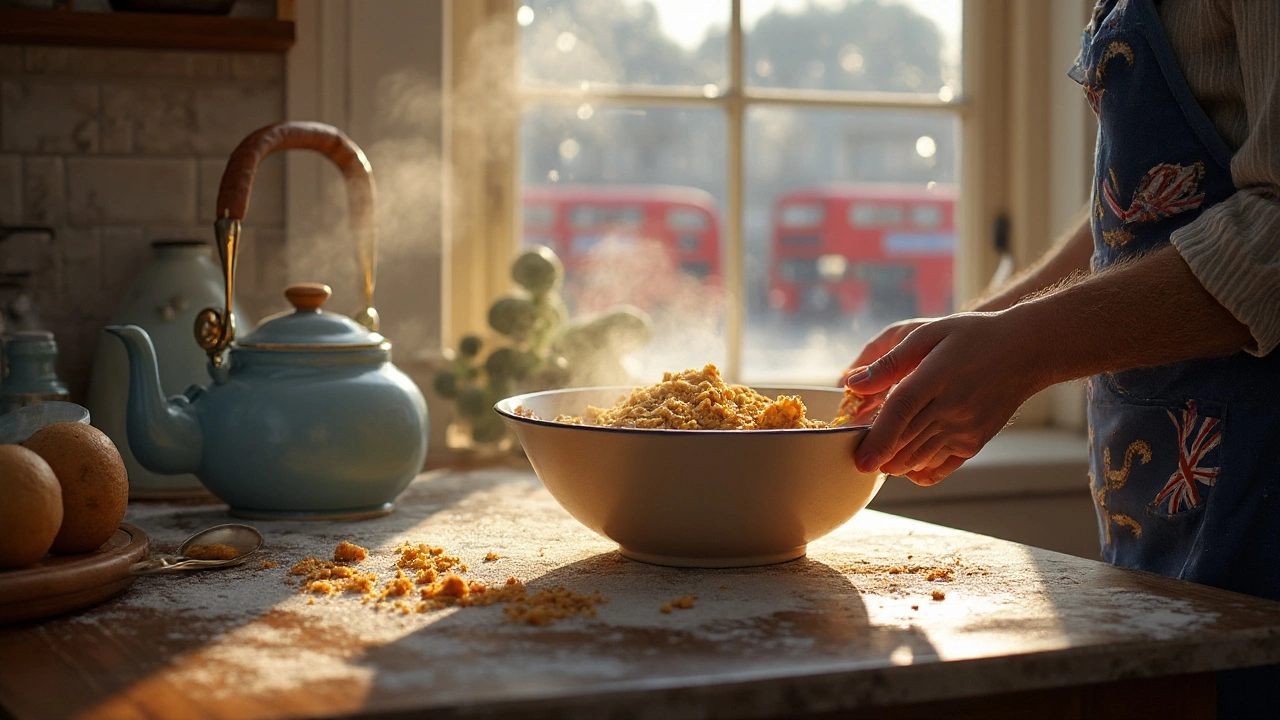
Cookie Chill Outcome Calculator
Overnight chilled cookie dough is a rested batter that has been refrigerated for at least 12 hours before baking. By giving the dough time to cool, the ingredients rearrange on a molecular level, creating richer flavor, tighter spread, and a chewier crumb. This article walks you through the why, how, and what‑ifs of chilling cookie dough so you can bake with confidence.
What Happens When You Chill Cookie Dough?
The magic starts with four key processes:
- Fat solidification - Butter or shortening hardens at low temps, slowing its melt during the bake.
- Gluten relaxation - The gluten network formed while mixing can tighten; chilling lets it soften, preventing tough cookies.
- Flavor diffusion - Sugars, salts, and spices dissolve into the fattier matrix, deepening taste.
- Moisture migration - Water moves from flour to sugar, influencing chewiness.
Together, these changes shift the cookie from a flat, buttery crisp to a thick, caramel‑kissed bite.
Key Ingredients and Their Roles in the Chill
Understanding each component helps you tweak the outcome:
| Ingredient | Primary Function | Effect of Chilling |
|---|---|---|
| Butter | Fat source, flavor carrier | Solidifies → limits spread, deepens buttery notes |
| Brown sugar | Sweetener, moisture retainers | Molasses hydrates → boosts chewiness |
| All‑purpose flour | Structure via gluten | Gluten relaxes → softer bite |
| Salt | Flavor enhancer, gluten regulator | Even distribution improves taste balance |
| Baking soda | Leavening, browning aid | Alkalinity reacts slowly, giving a subtle rise |
Notice how each item either solidifies, hydrates, or relaxes during the fridge stay. Adjusting ratios lets you fine‑tune the final texture.
Comparing Chill Durations
Not all dough rests are created equal. Below is a quick look at three common timing strategies:
| Duration | Spread (inches) | Chewiness | Flavor Intensity |
|---|---|---|---|
| No chill (0‑30min) | 3‑4 | Low | Basic |
| Short chill (30‑60min) | 2.5‑3.5 | Medium | Improved |
| Overnight (12‑24h) | 1.5‑2.5 | High | Robust, caramel‑like |
Overnight chilling consistently yields the tightest spread and the most pronounced flavor-exactly what most bakers chase.
Step‑by‑Step: How to Chill Cookie Dough Properly
- Mix your cookie dough according to the recipe. Once all ingredients are incorporated, form the dough into a cohesive ball.
- Divide the dough if you plan on varied flavors (e.g., half plain, half double‑chocolate). This prevents flavor bleed during chilling.
- Flatten each portion into a disk about ½‑inch thick. A flatter shape speeds up even cooling.
- Wrap each disk tightly in cling film or place in an airtight container. Eliminating air prevents a dry crust.
- Slide the package into the refrigerator (35‑40°F / 2‑4°C). Set a timer for at least 12hours.
- When ready to bake, let the dough rest at room temperature for 5‑10minutes. This prevents a shocking temperature drop that can cause crusty edges.
- Scoop or slice the dough as desired, then bake according to the original recipe’s temperature and time.
Following these steps ensures consistent results and avoids common pitfalls like overly hard dough or uneven spreading.
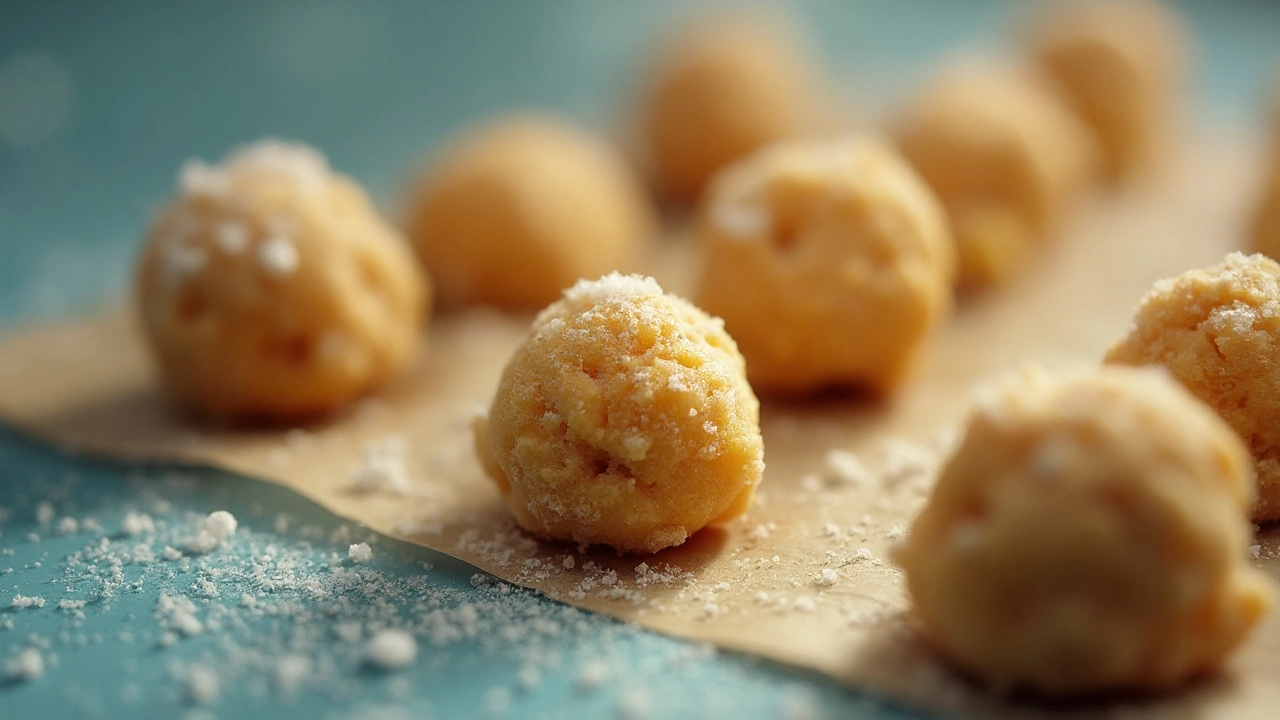
Common Mistakes & How to Fix Them
- Over‑freezing: If the dough sits for more than 48hours, the butter can become too firm, leading to a dense cookie. Solution: soften the dough briefly on the counter (5‑7min) before scooping.
- Leakage: Moisture can pool at the bottom of the container, making the dough soggy. Solution: line the container with parchment before placing the dough.
- Insufficient chill: A short 15‑minute chill won’t solidify the butter enough. Solution: aim for a minimum of 12hours for noticeable texture change.
- Wrong flour type: Using cake flour reduces gluten, which can make the cookie overly tender. Solution: stick with all‑purpose or a 50/50 blend for balance.
Science Spotlight: The Maillard Reaction and Chill
While the Maillard reaction (the browning of proteins and sugars) primarily occurs in the oven, chilling sets the stage. When butter is firm, it melts slowly, allowing surface sugars to caramelize gradually. This slower melt yields deeper, nutty tones rather than a quick, surface‑only brown. Studies from the Culinary Institute of America show that overnight‑chilled dough scores 15% higher on flavor intensity scales compared to non‑chilled dough.
When to Skip the Overnight Step
Not every recipe benefits from a long rest. If you need quick batch cookies for a last‑minute event, a 30‑minute chill can still improve spread without sacrificing too much flavor. Also, certain thin, crisp cookies (like lace‑style sugar cookies) rely on a low‑fat, high‑sugar ratio where excess chill could make them too firm.
Pairing Ideas & Next Steps
This article fits within the broader "Cookies" cluster on the site. If you enjoyed the science, you might explore:
- "The Best Chocolate Chip Cookie Recipes for Every Texture" (broader topic)
- "How to Make Vegan Cookie Dough That Holds Up Overnight" (narrower, specialized)
- "Gluten‑Free Cookie Dough: Does Chill Still Matter?" (related sub‑topic)
Next up, try a classic chocolate chip batch, chill it overnight, and compare it against a fresh‑baked version. Note the differences in chew, spread, and flavor on a simple tasting chart.
Frequently Asked Questions
Can I freeze cookie dough instead of chilling it?
Freezing works for storage, but it changes texture differently. Ice crystals form, which can make the dough crumbly when thawed. For flavor development, refrigeration is superior; freeze only if you need to keep dough for weeks.
How long can I keep chilled dough in the fridge?
Up to 3days is safe; beyond that, the dough may develop off‑flavors due to oxidation. If you need longer storage, wrap tightly and move to the freezer.
Will chilling affect the cookie’s color?
Yes. A slower melt of butter allows sugars to caramelize evenly, producing a richer golden‑brown hue rather than a pale surface.
Do I need to bring the dough back to room temperature before baking?
A brief 5‑minute rest on the counter helps the dough soften enough for easy scooping while still keeping the butter firm for limited spread.
Can I add mix‑ins (nuts, candy) after chilling?
Yes, but fold them in gently after the chill to avoid breaking the dough’s structure. This preserves the crunchy texture of nuts while keeping the overall dough consistency.
Is there a difference between chilling on the counter vs. in the fridge?
The fridge provides a consistent low temperature that solidifies fat uniformly. Counter‑room chilling only cools the surface, leading to uneven spread and less flavor diffusion.
What type of pan works best for chilled dough?
Heavy‑bottomed or insulated baking sheets promote even heat distribution, allowing the dough to bake through without over‑spreading.
Does the size of the cookie affect how long I should chill?
Larger dough balls benefit more from a full overnight rest because the interior takes longer to equilibrate. Small thumb‑size drops can get away with a 30‑minute chill.


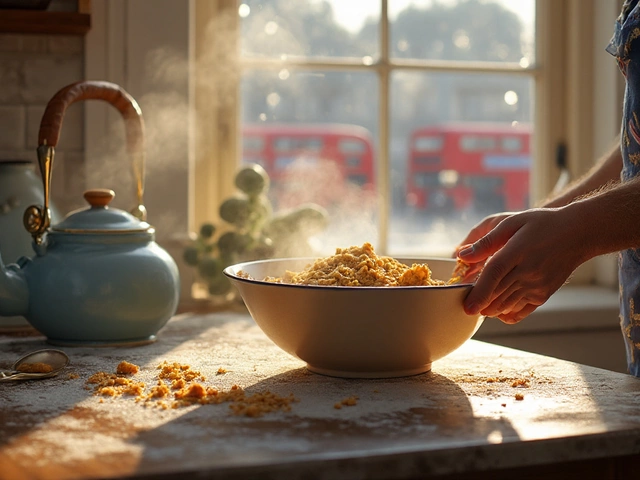
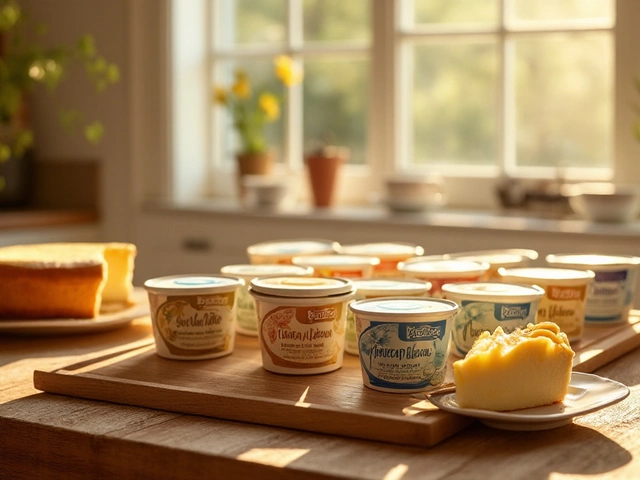


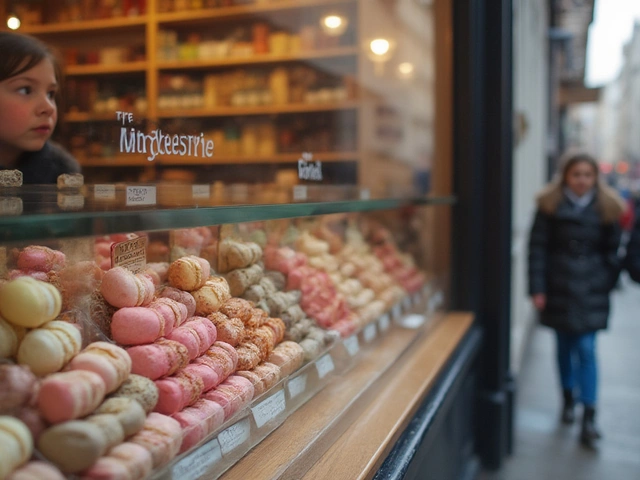

Write a comment